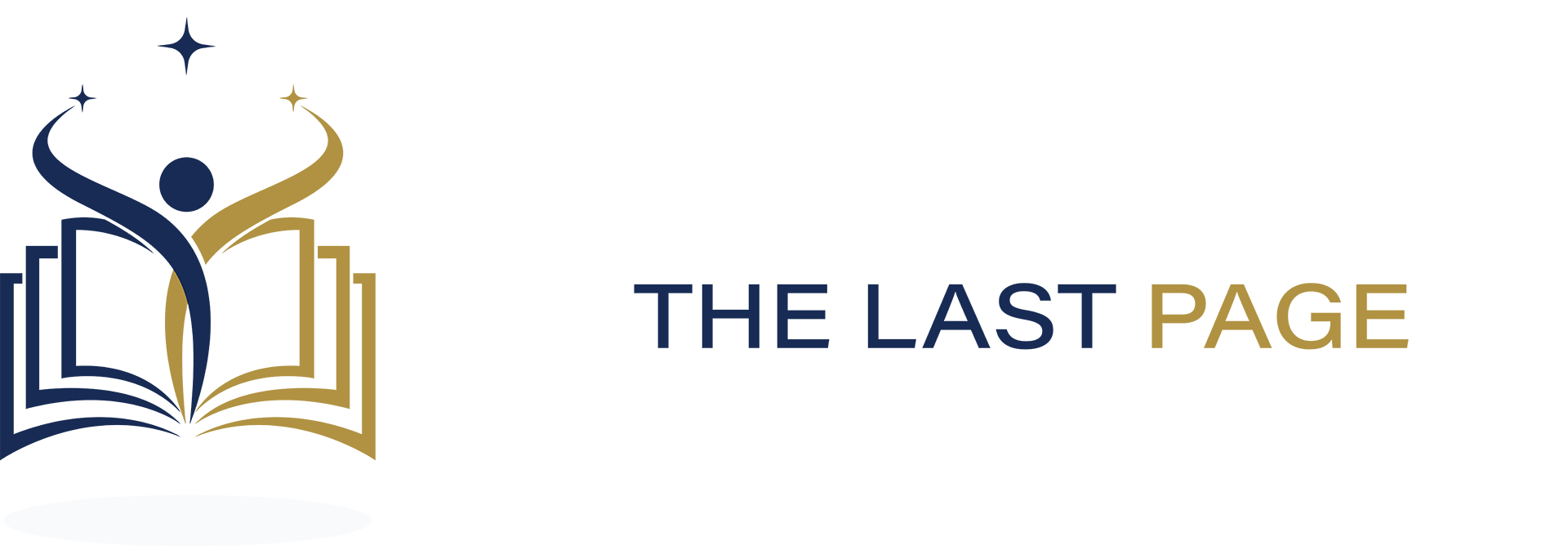An Opportunity for Major Change in First Nations Child and Family Services
Moments of major change can set a country, a policy issue, or an organization on a new course. But how do you get there? Can you force that change or is there a magical alignment of interests and forces required for a critical juncture? Not all change has to come from major shocks, sometimes change can be gradual and build up over time, creating important – albeit gradual – shifts in course and outcomes. Major change, however, tends to come from a major shock.
Federal Fiscal Forecast: Improved Outlook in the Near Term but Structural Deficits Persist
In its March 2018 Fiscal Monitor, the federal government stated that is deficit estimate for the 2017-18 fiscal year was “… broadly in line with a $19.4-billion deficit projected in Budget 2018 for 2017–18.” For any government, a deficit outlook in line with the recent planning expectations is always good news, being second only to an upside surprise. And, indeed, at the Institute for Fiscal Studies and Democracy (IFSD) we think there is room for the deficit in the 2017-18 fiscal year to come in slightly smaller than was anticipated in Budget 2018 and the Fiscal Monitor.
How Stable is the Foundation of the National Housing Strategy?
You don’t have to be a builder to appreciate the importance of a sturdy foundation. When it comes to houses, a solid foundation keeps the house dry and warm, and protects it against the natural movements of the earth around it.
Canadian Economic Forecast: Despite Trade Uncertainty, the Outlook Remains Positive
No matter how you slice it, 2017 was a standout year for the Canadian economy. Real GDP growth hit 3%, the unemployment rate touched its lowest level in decades, and inflation remained below the central bank’s 2% target. Characterized as the ‘sweet spot’ by Bank of Canada Governor Stephen Poloz, this robust economic activity prompted two interest rate hikes in 2017, and another in January 2018, as central bankers adopted a cautionary, and now gradual, approach toward monetary policy normalization.
Bank on it: The Canada Infrastructure Bank in International Context
As the Canada Infrastructure Bank (CIB) takes shape, it is worth taking a look at how the organization is structured to understand the governance outcomes it may generate from both fiscal and accountability perspectives. There are infrastructure and investment banks around the world with various mandates, accountability structures, stakeholders, and sources of capital. However, the CIB’s structure appears to be somewhat novel when compared to other OECD countries. Novelty can be associated with both innovation and risk and it is worth considering how similar institutions govern themselves. To put the CIB in perspective, we will consider a subset of infrastructure and investment banks across three parameters:
Untangling Public Debt in Canada
On April 9, 2018, the Institute of International Finance (IIF) reported that global debt reached $US237 trillion at the end of last year, a $US21 trillion increase from the end of 2016. Narrowing this gigantic measure to countries reporting to the Bank for International Settlements (BIS), total credit extended to the non-financial sector was more than $US173 trillion in the fourth quarter of 2017. Of that “core debt,” $US22 trillion (70%) was outstanding in what are usually called “advanced economies”. Also, $US61 trillion (35%) was owed by general governments. The latter is almost double what it was just a decade ago. Since the BIS does not include insurance and pension liabilities and other accounts payable by governments in its measure of “core,” $122 trillion only represents a partial picture of public liabilities.
Canada JØLTS: February 2018
Following the release of Statistics Canada’s March 2018 Labour Force Survey (LFS), the Institute of Fiscal Studies and Democracy (IFSD) has updated its Canada JØLTS for February 2018.
A New Look at Old Funding: How Ontario Funds Its Biggest Departments
Ontario is the largest province in Canada, both by population and by GDP. In the 2016-17 fiscal year, Ontario spent nearly $140 billion on over a hundred programs spanning more than thirty ministries and departments. Chart 1 illustrates the Government of Ontario’s budget expenditures of $136 billion in fiscal 2016-17, spread across what are known as ‘standard objects’ (SOs). Notably, while close to $25 billion is spent by the ministries on things like salaries and other operating expenses, over 80% of the $136 billion in budget spending is in the form of transfer payments. Transfer payments move money from the provincial government to various other levels of government, non-governmental groups, and individuals. These groups can include municipalities as well as smaller entities such as school boards and regional healthcare providers, and also people.
Canadian Economic Forecast: The Federal Government’s Collective Economic Delusion
It was Daniel Patrick Moynihan who once said: “Everyone is entitled to his own opinion, but not his own facts.” Nowhere is this more true than in the alchemy of forecasting, where statistical models come head-to-head against old-school gut instinct. As such, there is always space for a wide range of oft-times conflicting views. And there’s no way to get around it, as even the best econometric models can’t predict an unseasonable shutdown at an automaker or an oilfield innovation leading to a rapid drop in oil prices.













